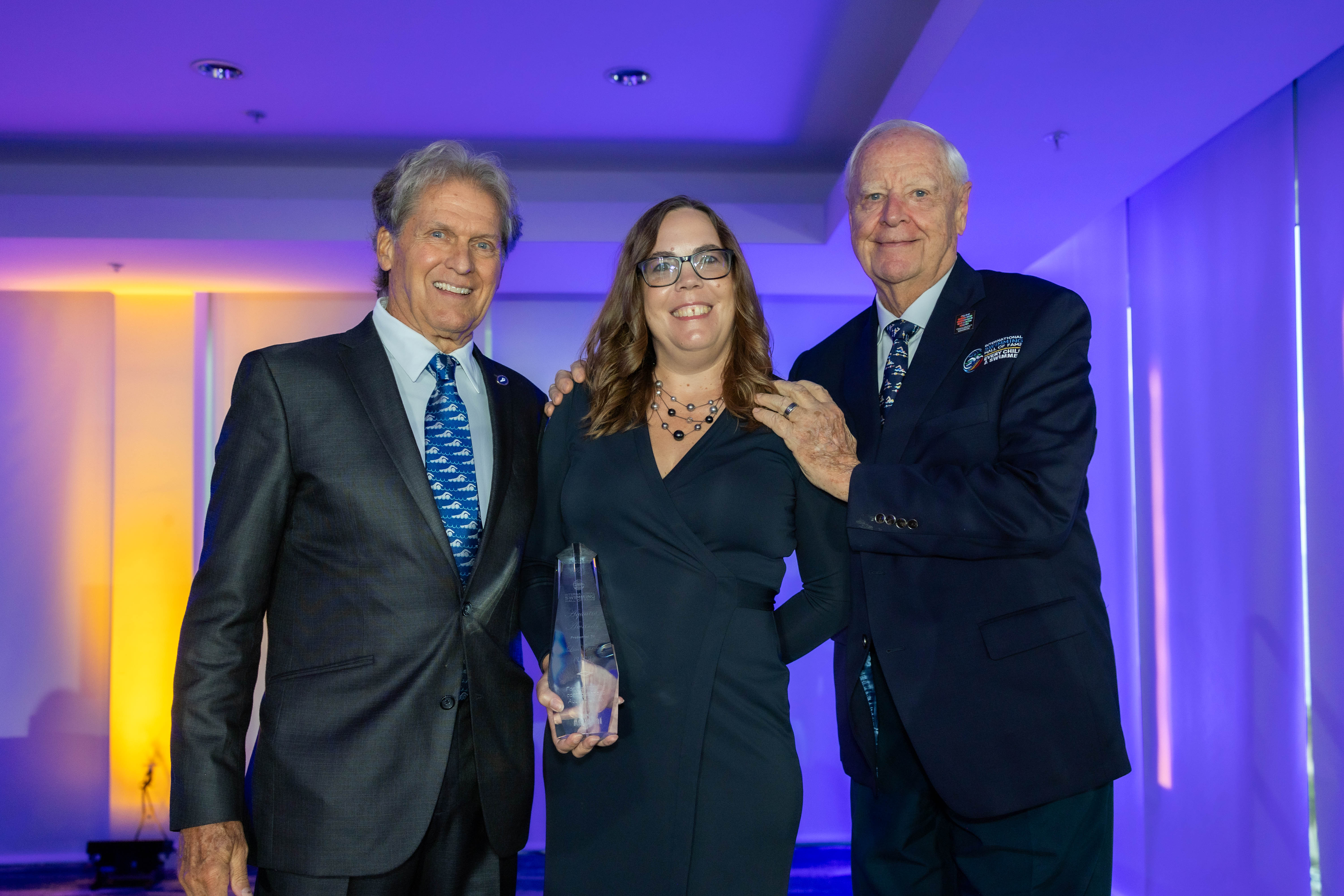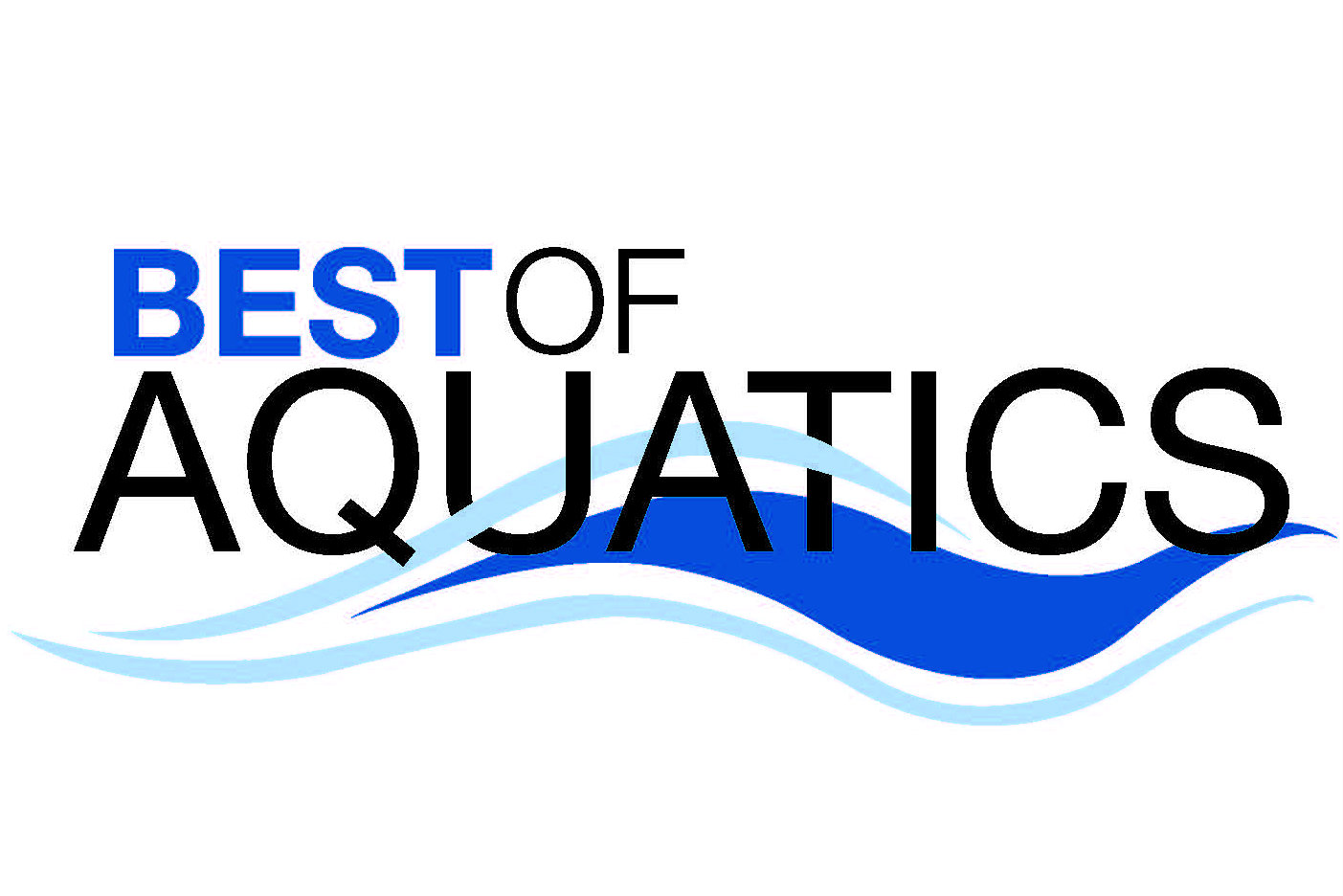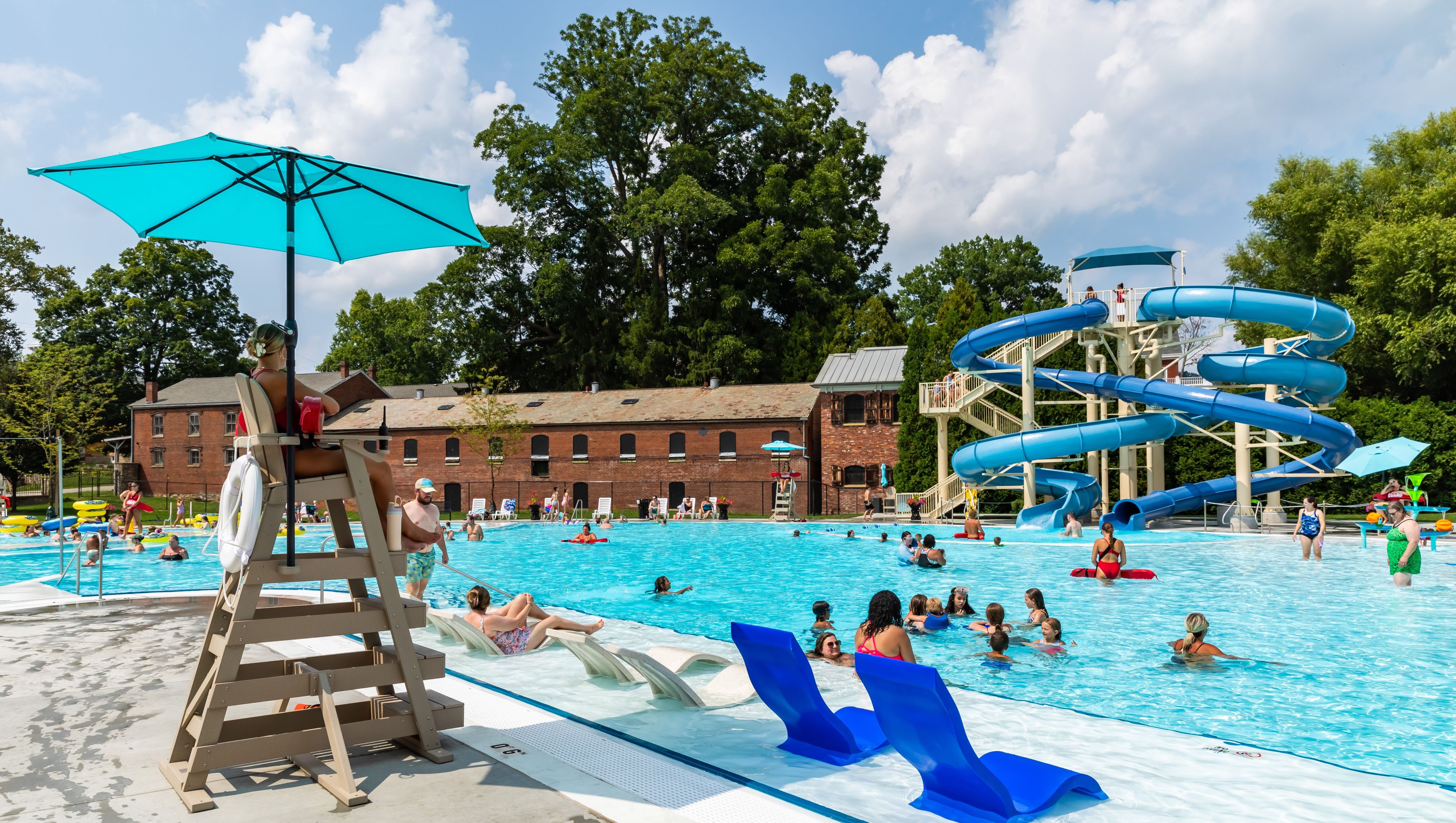Frontline healthcare professionals are the quiet heroes of the pandemic. But a different kind of frontline worker has been operating under a cloud of uncertainty since COVID-19 reached our shores.
There’s no getting around it: lifeguarding requires physical contact and, in life-threatening circumstances, mouth-to-mouth resuscitation. The question hanging over the industry’s head: How could it provide critical lifesaving services safely? Furthermore, how could lifeguards train when rescue drills require retrieving a body out of the pool and performing CPR?
StarGuard Elite, which provides aquatic risk-management services, has had to think a lot about these questions during a time when answers from official sources were either slow in coming or not terribly helpful.
The Orlando-based company, which serves 300 clients worldwide, including major waterparks, cruise lines and resorts, began tracking the coronavirus in January of last year, leveraging partnerships in Asia to keep them apprised of the contagion originating in Wuhan. There was no way of predicting the enormity of the event back then, but SGE wasn’t taking any chances.
“We said ‘Alright, there’s potential that this is going to hit the U.S., and what are we going to do?’” recalls SGE President Wess Long.
Proactive approach
Getting in front of the virus, and staying in front, would prove challenging in more ways than one.
In March, when numerous facilities abruptly closed and the summer swim season was in question, SGE became an information clearinghouse of sorts. Conference calls with clients provided updates and recommendations on best practices. This was based on what SGE knew at the time, which wasn’t as much as Long and company would’ve liked.
“We were immediately turning to every resource available with the CDC, the World Health Organization and anywhere else we could,” he says. “What we were finding out was nobody had any sort of guidance. There were far more questions than answers.”
So SGE took the initiative. It coordinated with the YMCA and Red Cross to generate commonsense, practical guidelines that facilities could implement, while also helping clients navigate their unique local circumstances.
“I think the biggest challenge has been to give clients good, specific, relevant information and direction to their local region,” Long says. “We were trying to make sure anything we were producing wasn’t inconsistent or conflicting with potential regulations.”
By the time the CDC finally came out with its official recommendations, many aquatics professionals were ahead of the curve.
YouTube videos featuring SGE’s medical director, Dr. Justin Sempsrott, also provided guidance on masks, disinfection, reopening and, most recently, vaccination. By the time facilities could reopen, they were prepared. Many of the first waterparks to resume operating were SGE clients.
“They had guidance and they knew how to do it at a much earlier date than some of the other agencies,” Long says.
Today, lifeguard training blends physical rescue drills with virtual courses. Students still work in teams, but maintain distance to minimize risk of transmission. They’ll dive in to perform an extraction but space out once the mission is complete. Of course, recruits are pre-screened and are reminded weeks before reporting to work to be watchful of symptoms. Plus, masks are mandatory when not in the water.
SGE also brought antiviral filters to the industry’s attention, resulting in modified BVM ventilation that reduces the chances of transmission.
Success story
Clients are taking other precautions, as well. Some train in teams of nine students, which includes three subgroups of three, or “germ families.” The idea is to contain exposure within small groups and limit physical contact between other teammates. Other clients have conscripted students’ family members to play the victims in rescue drills so that physical contact only takes place between members of the same household.
“But at the end of the day, the lifeguard has a very physical responsibility to perform rescues and provide care,” Long says. “So, while it’s not quite business as usual, we still are doing contact rescues and high-performance CPR in a team environment.”
These safety measures are proving effective. SGE has issued 20,000 lifeguard certifications since May of last year, down from about 35,000 during a normal year, with zero reports of transmission related to training or daily operations.
“I don’t know about other organizations, but I know for us that’s been a really compelling argument that it’s worked well,” Long says.



